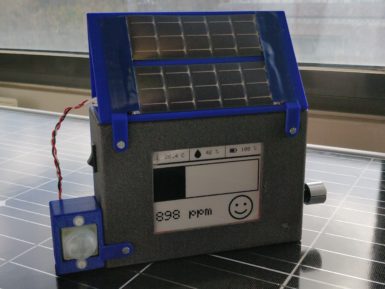
Overview
The A200 building kit comes with:
- 200 Arckit pieces (Architectural building blocks).
- 37 x Reusable Arckitexture decals (including white louvres, light timber, bricks and vegetation).
- 43 x Arckit cardboard pop-outs (including figurines, trees & furniture).
Add more cardboard pop-outs. - 1 x Introductory booklet with instructions for 1 design, reusable box.
- A further 3+ alternative building design instructions are available online as well as lots more printable Arckitexture decals and Arckit inspiration.
- Arckit Digital components are also available to build via SketchUp and Revit platforms.
- Reusable storage box for components and accessories.
- Package dimensions: 400x280x60mm
- Recommended for age 14+
And remember that all Arckit construction sets are compatible with one another!
Get Inspired

Humans are animals and like all animals, we evolved in mostly outdoor conditions where the air is nice and fresh. But modern society keeps most of us indoors the vast majority of the time, which could have negative health effects. There are many potential hazards, including a lack of sunlight and psychological effects, but CO2 may pose a more tangible risk. To keep tabs on that risk within classrooms, a team from Polytech Sorbonne built this small CO2 monitor. This CO2 monitor performs two functions: it shows anyone nearby the CO2 levels in the area and it uploads that data over LoRaWAN to a central hub that can track the levels across many locations. A school could, for example, put one of these CO2 monitors in every classroom. An administrator could then see the CO2 levels in every room in real time, along with historical records. That would alert them to immediate dangers and to long term trends. At the heart of this CO2 monitor is an Arduino MKR WAN 1310 development board, which has built-in LoRa® connectivity. It uses a Seeed Studio Grove CO2, temperature, and humidity sensor to monitor local conditions. To keep power consumption to a minimum, the data displays on an e-ink screen and an Adafruit TPL5110 timer only wakes the device up every ten minutes for an update. Power comes from a lithium-ion battery pack, with a DFRobot solar charger topping up the juice. It uploads data through The Things Network to a PlatformIO web interface. An Edge Impulse machine learning model detects anomalies, so it can sound a warning even if nobody is watching. The enclosure is 3D-printable.









